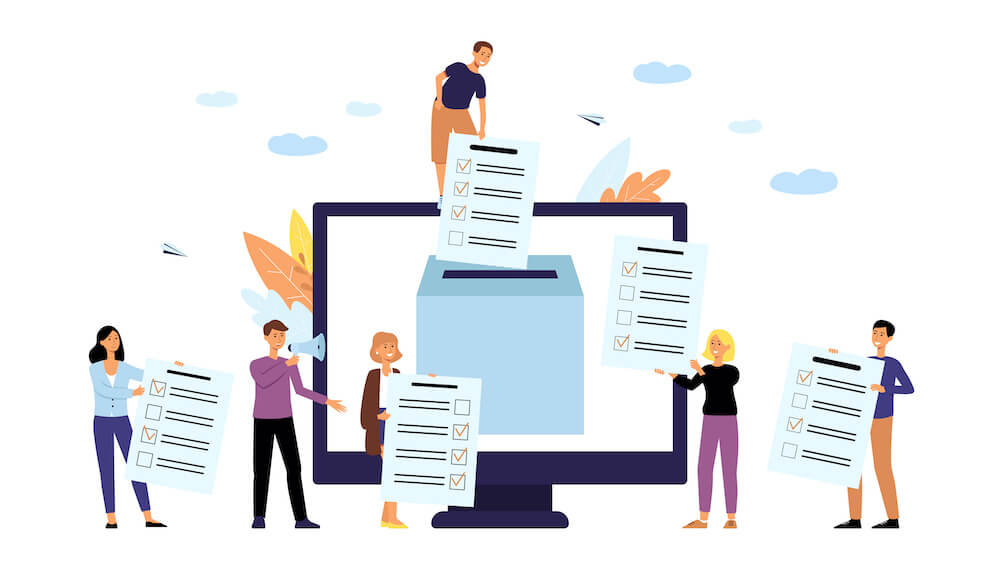
Are surveys useful in gauging attendees’ interest in face-to-face meetings? What questions should planners ask? Members of the PCMA Catalyst community recently discussed the topic.
PCMA’s Catalyst community offers members a platform to ask each other questions, share ideas, or, as the website says, “communicate and collaborate.” Here’s a sampling from a recent Catalyst discussion.
“Is anyone surveying attendees about their comfort level of returning to in-person meetings versus sticking with virtual this year?” Sherry Hunt, director of travel for Applied Systems Inc., asked the PCMA Catalyst community. “I’m looking for some sample survey questions. Thanks!”
We conducted a survey of our members last year asking them their comfort level of attending an in-person meeting. We gave them four or five answer choices along these lines: “I’m comfortable attending an in-person meeting now,” “I would only attend an in-person meeting if the organization was mandating PPE and implementing distancing measures,” “I would only attend after being vaccinated,” or, “I would only attend after the CDC declared that the pandemic was over.” I would also add a comment box to see what people are saying. We got quite a few respondents say that they wouldn’t attend a meeting if they had to wear a mask the whole time. Hope this helps!
— Rachel Posada Fletcher, Associate, Events and Operations, PIE Network
I’ve been reading the survey discussion on [PCMA] and ASAE lists and I’m very much on the fence about usefulness of a survey in a pandemic (versus in Before Times). Given the health crisis, I find that most of us can only answer based on what we know now. My answer to the PCMA survey about [whether I would attend] EduCon would have been different in November and would still be different come spring.
— Anonymous, Director of Educational Programs
At my previous organization we ran a series of COVID-19 event surveys similar to what Rachel described. While I can’t speak to the usefulness on Rachel’s side, I can share that we found a significant number of consistent trends once we conducted a longitudinal review across all of the survey responses.
Our three surveys were strategically distributed prior to one of our large events to help us benchmark the “likelihood of travel” for a variety of timeframes, including: as soon as possible, one-to-two months, three-to-six months, six-to-nine months, and next year. The surveys were distributed to members who attended one of our live events within the previous three years. I’d be happy to share the questions we used at my previous association if that would be helpful.
— Kyle Jordan, CAE, CMP, CMM, Vice President of Membership and Meetings, National Confectioners Association
Sure, that would be great, though I’m more curious about the responses! I am also interested if either one of you — or others who’ve done these surveys — have found your data to be consistent with national data and trends on people’s willingness to travel. I think another issue is that people may be willing to travel, but professional development budgets might have been slashed, which is not necessarily captured in broader surveys.
— Anonymous
Great follow-up questions. The members of the association referenced tended to be in a higher risk group (age) for COVID-19 and their responses were consistent with national data sets which we were able to locate using a variety of different publicly available COVID-19 dashboards. We also collected demographic information of our respondents regarding gender and location (i.e., state) so we also were able to review our responses longitudinally based on current COVID-19 conditions at the time of response. To your point, we did see responses consistent with the level of outbreak in a given state/area combined with the age and gender of the respondent. This is why we ran the survey three separate times and our responses remained consistent.
Given that many of the participants were small business owners and in a profession that was largely spared from economic hardships, we did not ask about professional development dollars. We focused on the resumption of business-related travel and conference attendance.
— Kyle Jordan
